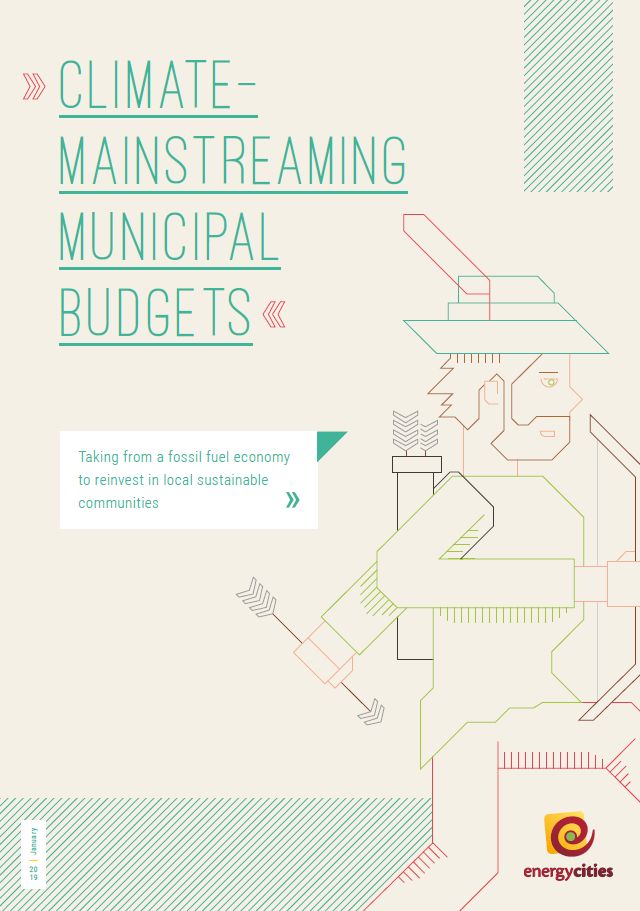Climate-mainstreaming municipal budgets
Taking from fossil fuel economy to reinvest in local sustainable communities

The importance of sub-national governments in achieving international and European climate goals in line with the 2015 Paris Agreement has been highlighted countless times, showing that “over a third of the EU’s 2020 emission reduction target will be delivered by cities”1, to give just one example. But despite the high degree of awareness regarding their role in meeting the environmental challenges among local authorities themselves, the responsibility for achieving their energy and climate targets still lies overwhelmingly on the shoulders of the Energy and Climate Departments of the cities’ administrations.
This guidebook aims to show innovative examples and forerunners in the field of climateproofed local finances to demonstrate what can be done and achieved, it also wishes to show what first steps cities with more limited capacities can take to initiate similar processes even under more restrictive conditions, contributing to capacity building of environmental staff, as well as of the administration as a whole.

The municipal budget cycle
Many of the strategies presented in this guidebook follow the logic of the municipal budgetary planning cycle, beginning with a political ambition at the top, through which an overall multi-year strategy and priorities for the city are developed. These priori-ties are then translated into targets and measures under the responsibility of the city’s different administrative units, where the budget is executed and information on the spending in the specific sectors is collected. This data, following up on the progress of projects financed by the city, has to be extracted from the different departments and aggregated into a form of reporting used to assess the alignment or non-alignment of the city’s expenditure with its climate objectives. These reports then form the basis for updating the political priorities and strategic planning at the beginning of the next cycle – going full circle.
- Defining the macroeconomic outlook: Priority-setting at the political level
- Budget formulation: Translating the political priorities into budgetary terms
- Legislative approval of the budget
- Execution
- Reporting, monitoring, evaluation, audit
